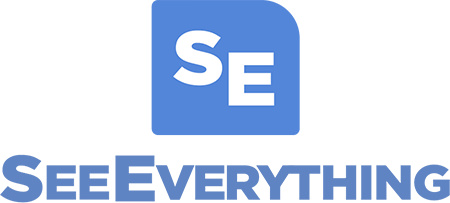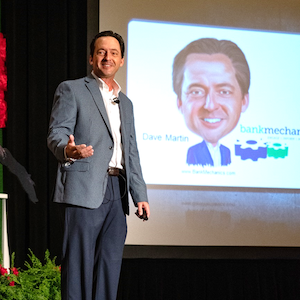 |
 |
The best years of your life are the ones in which you decide your problems are your own...You realize that you control your own destiny. » Albert Ellis
Big Easy Inspiration
I was recently inspired on a day and in a place that I would not have expected. I was on a trip to New Orleans for very somber reasons.
My day had begun at 4:00 AM and involved Houston and New Orleans traffic and a packed flight.
I arrived earlier than planned to my destination in a part of town I was not familiar with and decided to look for a convenience store for a bottle of water. Distracted, I was soon walking through a parking lot that I would normally have avoided.
The folks hanging around the parking lot weren’t exactly a welcoming committee. The inside of the store was a bit menacing, as well.
It featured a few folks who seemed ready a bit early for Mardi Gras. There were several conversations going on, not all of which involved more than one person.
While I kept an eye over my own shoulder, I found myself concerned for the small woman working the register. She seemed older than a person you’d usually find in that job.
And her relaxed demeanor seemed out of place. I wondered what kind of security was in place for that poor lady.
I later waited five-deep in the check-out line. That chain was obviously pushing cashiers to circle their website address and phone number on receipts and sell customers on taking a survey.
Gap Defense
I’ve worked of late on consulting projects with banks on opposite ends on the size spectrum. And while the differences in their challenges are clear, some similarities are, as well.
One certain challenge seems common in organizations of all sizes.
We live in a time in which we have more methods of communicating than any other time in history. And we are seemingly able to measure our results in the field in real time.
Yet, it’s so often the case that middle and senior management have inaccurate or incomplete understandings of practices actually being implemented in the field.
Folks assume that the stated tactics and strategies taught in training and (sometimes) reinforced in internal communications are actually what are executed in branches.
Concurrently, teams in the field overestimate how aware management is of their day-to-day adoption (and adaptations) of those practices.
Gaps in awareness arise on both ends of the org chart.









